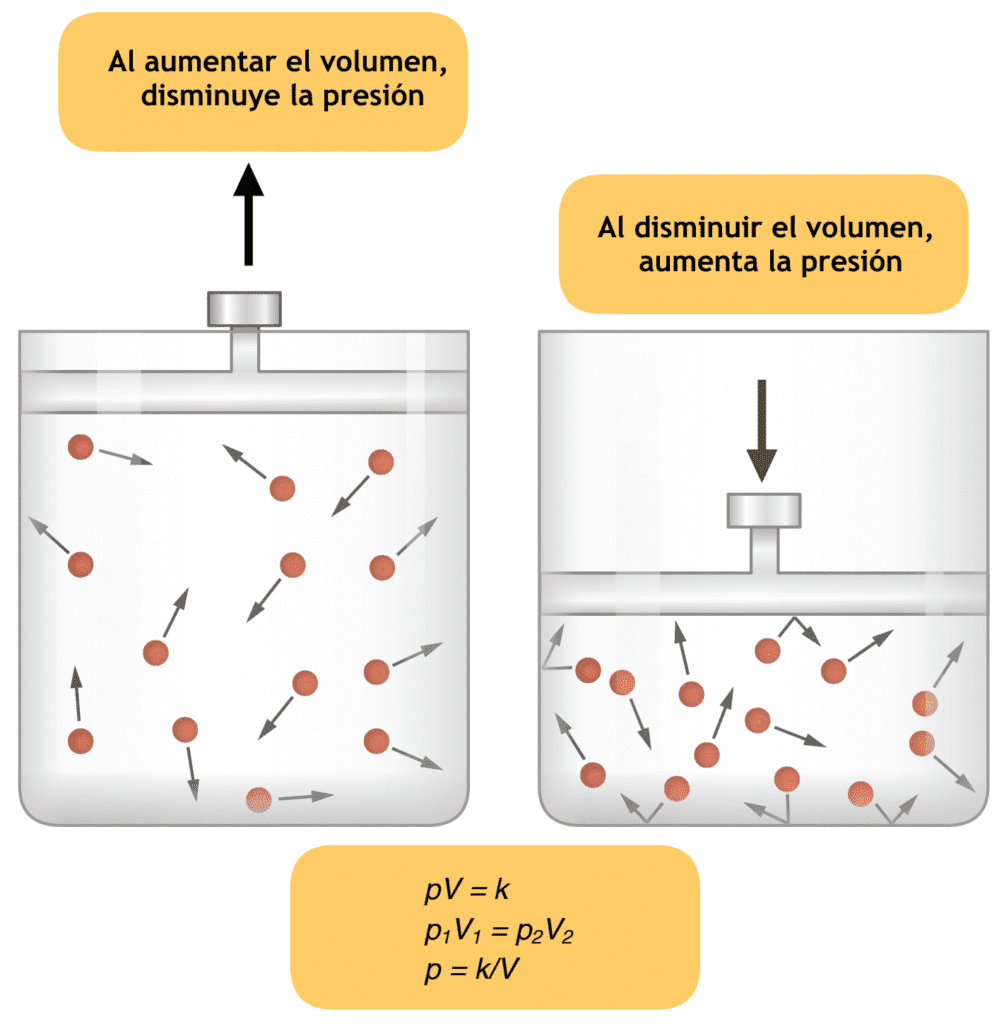
Desflurane mechanism of action is briefly studied. There is a dose-dependent suppression of EEG, at MAC greater than 1.66 the LEG becomes isoelectric. There is no evidence of epileptiform activity.
It decreases the amplitude of somatosensory evoked potentials. There is a dose-dependent decrease in cerebral metabolism and cerebral vasodilatation.
Cerebral autoregulation is impaired similar to isoflurane. There is an increase in CSF pressure in neurosurgical patients, however the quick recovery from anaesthesia is an advantage and is also an important desflurane mechanism of action .
Miller’s Anesthesia says the following about desflurane mechanism of action –
Desflurane increased lipid peroxidation as measured in bronchoalveolar lavage samples from healthy surgical patients.
These data suggest that desflurane may promote pulmonary alveolar membrane injury. In contrast, sevoflurane caused less pronounced effects in this model, thus suggesting that this agent may exert a protective effect.
Furthermore, isoflurane but not sevoflurane increased albumin permeability and transport in isolated rat lungs. This deleterious action appeared to be related to enhancement of caveolin-1–mediated albumin uptake.
Similarly, pretreatment with isoflurane but not sevoflurane enhanced neurogenic pulmonary edema in rats. The proinflammatory response and enhanced cytokine levels in patients were also more pronounced after desflurane than after sevoflurane anesthesia.
In contrast to the transient effects of halothane and isoflurane, there were no significant effects on alveolar integrity or ultrastructure after high concentrations of sevoflurane were administered to pigs.

